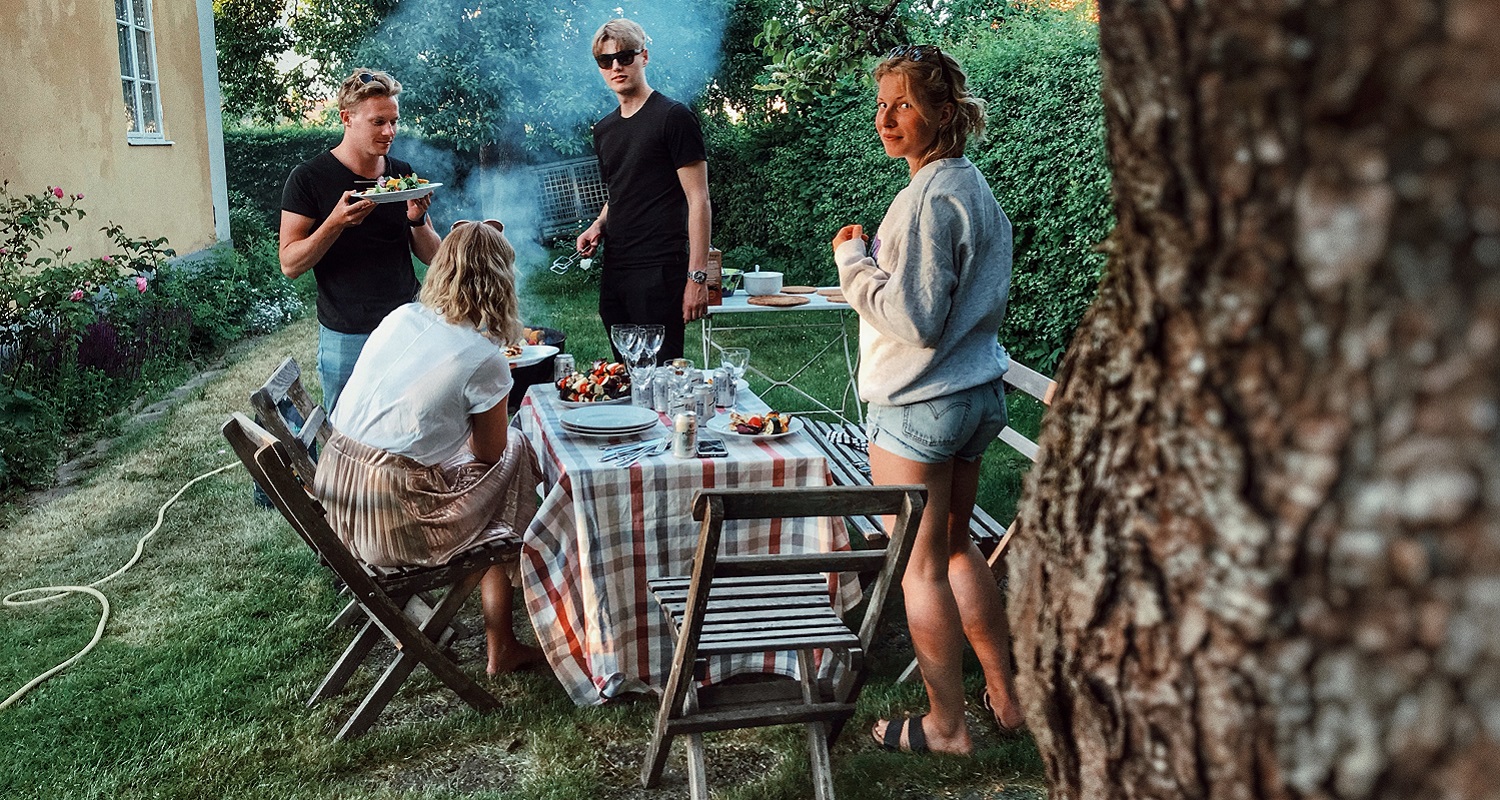New research shows that our leftovers need a bit of love. Shockingly, 75% of people give their BBQ remains to their pet!
It’s that time of year again: the sun is out, the grass is green and there’s the faint smell of barbecue in the air as a neighbour cooks out in the open. Between April and September, the average Brit has 30 barbecues. But how can our barbecue food stand out and cater to every need? Why is there always so much waste, and what do we do with what’s left on the table?
Favourite foods on the barbecue are still very much traditional. Burgers and sausages top the list, followed by meat skewers and steak. However, British cooking habits are changing and vegetarianism and veganism is more popular than ever before. These trends are spreading to the grill, according to the research by Napoleon Grills, with a veggie/ vegan option now present at over half of British barbecues. And even though overall Brits might be struggling with how to cater for people who have specific diets, the research also shows that we’re becoming a bit more adventurous with how we cook. 1 in 3 of those surveyed say they are more willing to try new recipes and flavours on their barbecues. 3 in 10 also specifically want to try vegan and veggie options.
The research also proves that knowing your grill and different cooking styles can be make or break when it comes to a good barbecue dinner. 60% of respondents admit to burning their food on the grill – but surprisingly, 7 in 10 will go on to eat that burnt food! But with a good quality grill and a few expert tips there’s no reason why anyone should have to suffer a burnt banger again.
And what do we do when it all gets too much? The majority of people say that they actually over cater for their guests, and shockingly – in a very British fashion – 75% of people give their leftovers to a pet after a barbecue! In contrast, less than 3 in 10 give what’s left to their guests to take home, and 1 in 5 even throw the food away. So when it comes to leftovers, we could all learn a trick or two on what to do next.
View the full case study here to find out how we carried out this research and the coverage it generated.





